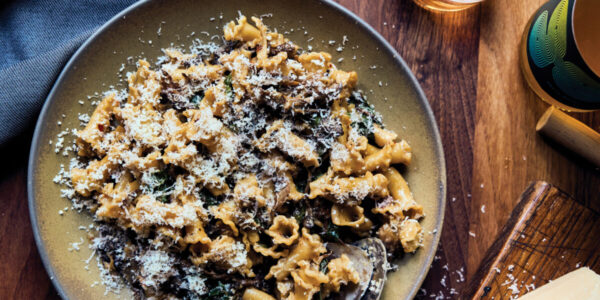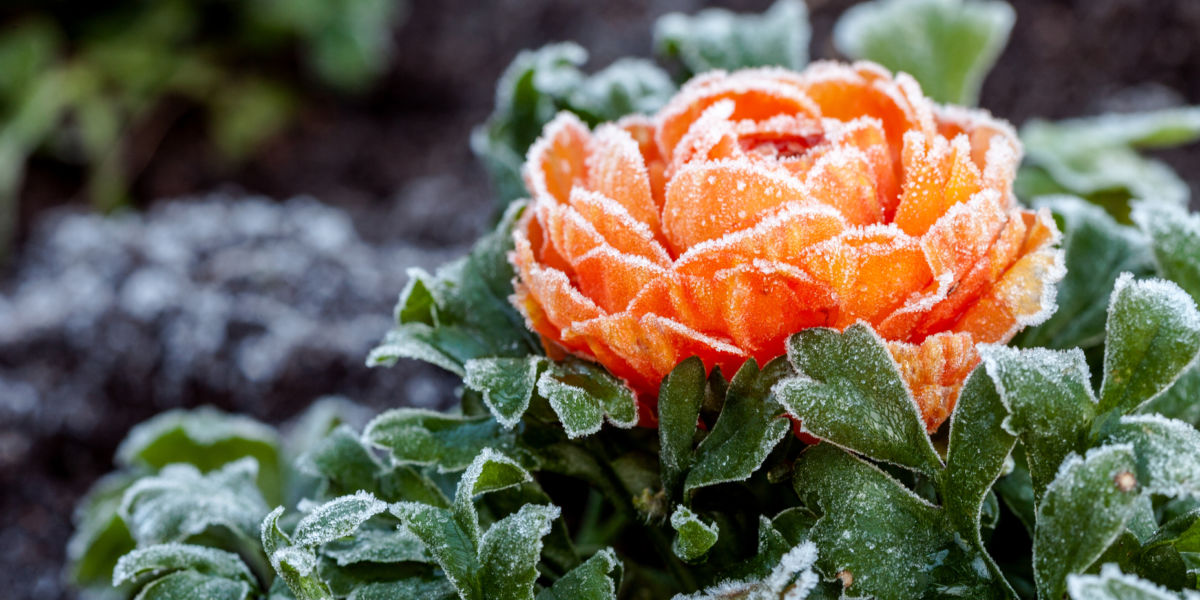
Plan Now for a Winning Winter Garden
Don’t hide your garden tools in the shed—winter is the right time to get an early start.

Claire Plumridge
While spring and fall are notably the big planting seasons, winter has its overlooked merits. This, of course, applies to those living in a temperate climate where the ground doesn’t freeze. If you are one of the lucky ones living in warmer zones, then forget hibernating your garden tools and get ready for some wintertime gardening.
Fewer Obstacles
One reason to sharpen your shears is that winter’s colder days means fewer pests prowling on your peas and fewer plant diseases bothering your bounty. With fewer intruders and setbacks, more vulnerable and tender plantings will have a higher success rate.
More Natural Moisture
In addition, plants installed in the winter months will be less thirsty and need less water to get established. Sure, watering newly planted plants is still a must—regardless the season. However, the winter soil retains moisture longer with the cooler temperatures and (fingers crossed) extra rainfall. Always remember when planting to make sure your soil drains properly to avoid a water-logged situation. Furthermore, plants located under eaves and other covered structures don’t benefit from rainfall, so periodically do a moisture check in these areas.
First of Their Class
Let’s also not forget the fact that most plants go dormant in the winter. Because they are “sleeping,” they suffer less from transplant shock and come springtime are eager to begin their root growth. Winter-planted plants have had the luxury of a quiet, less active time to acclimate to their soil surroundings and therefore get a head start come growing season.
